Differentiating goods/services Worksheets for Ages 3-8
3 filtered results
-
From - To
Our "Differentiating Goods/Services Worksheets for Ages 3-8" are designed to offer young learners a fun and educational experience. These printable worksheets help children identify and distinguish between goods and services through engaging activities. By utilizing colorful visuals and interactive exercises, our materials promote critical thinking and practical knowledge essential for understanding everyday economics. Perfect for early grade teachers and parents, these worksheets meet children at their learning level, ensuring foundational skills in economics are both accessible and enjoyable. Ensure your child’s academic growth with our expertly crafted resources from Kids Academy!
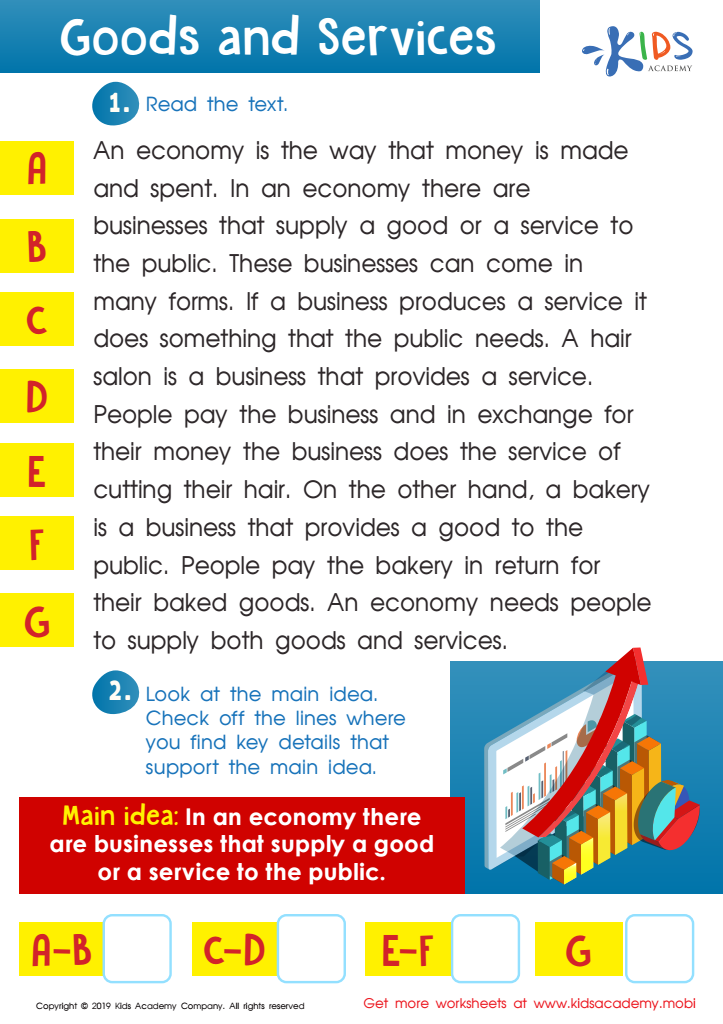

Goods and Services Worksheet
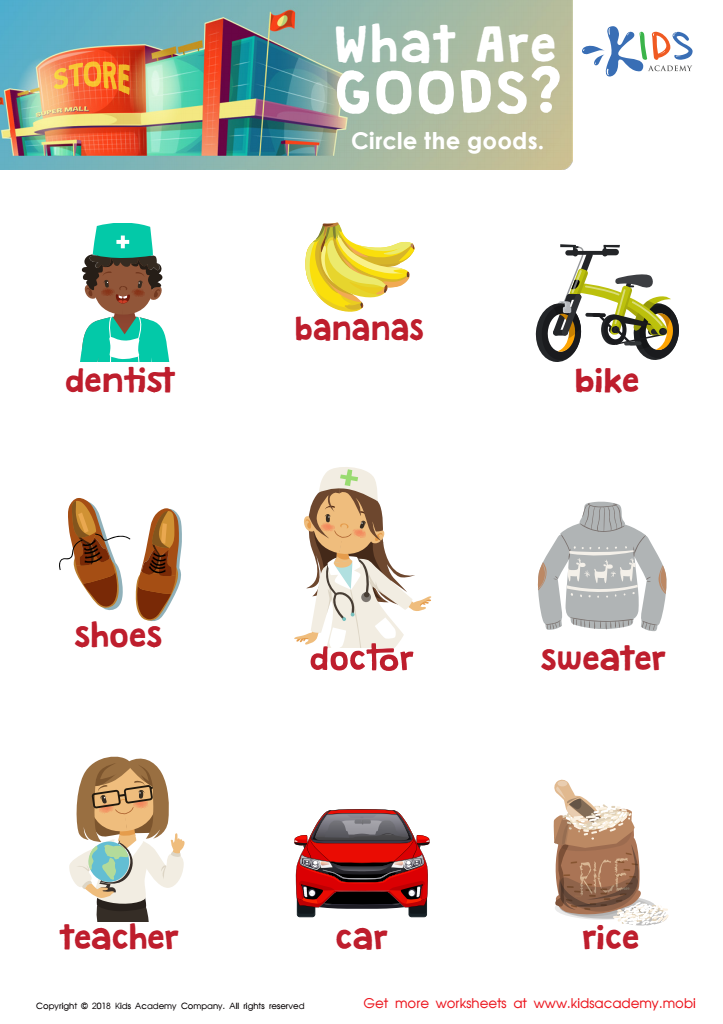

What Are Goods? Worksheet
Differentiating goods and services for children aged 3-8 is crucial because this developmental period is foundational for cognitive, social, and emotional growth. Young children are not just mini-adults; they have unique needs, understanding capabilities, and learning styles. By tailoring goods and services specifically to this age group, parents and teachers can more effectively support their development.
For instance, educational toys that cater to various abilities can help children build motor skills, problem-solving abilities, and creativity. Similarly, books that use age-appropriate language and vivid illustrations can ignite a love for reading and enhance vocabulary. Moreover, differentiated learning materials in the classroom, such as customized worksheets or multi-level reading books, ensure that every child, regardless of ability, is engaged and learning at their own pace.
Furthermore, differentiated services ensure that the emotional and social needs of young children are met. Programs or activities designed for ages 3-8 can provide tailored guidance on social interactions, conflict resolution, and empathy. By offering differentiated goods and services, we acknowledge the diverse needs and developmental trajectories of young children, thereby fostering a more inclusive, engaging, and supportive environment for their growth. Consequently, investing in differentiated materials and approaches not only educates but also nurtures the holistic development of every child.

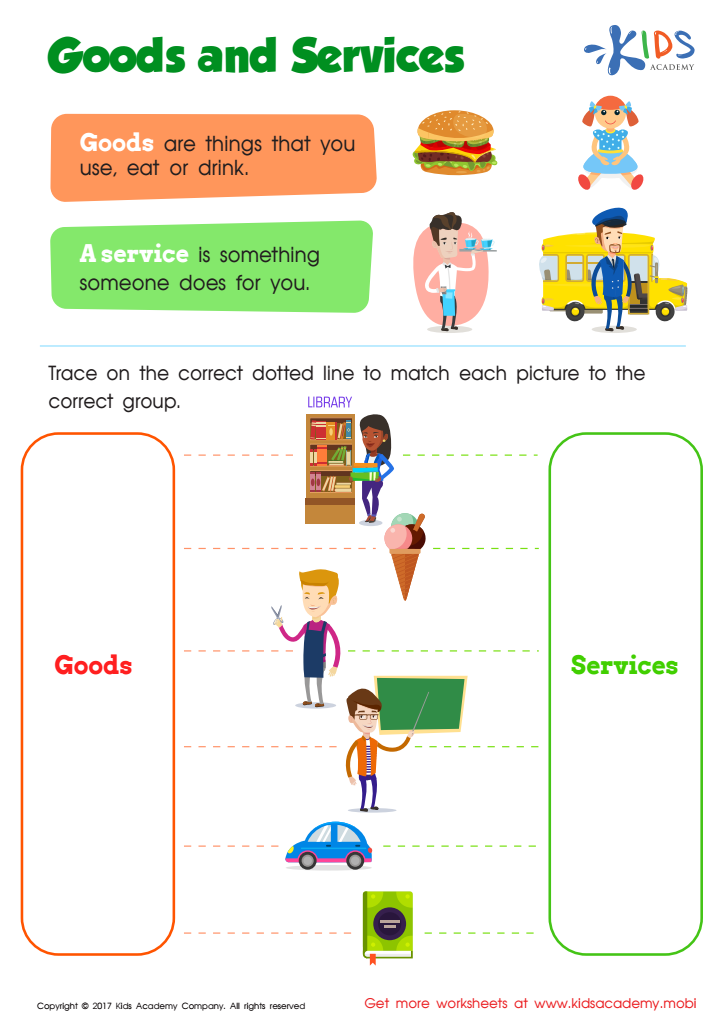
 Assign to My Students
Assign to My Students




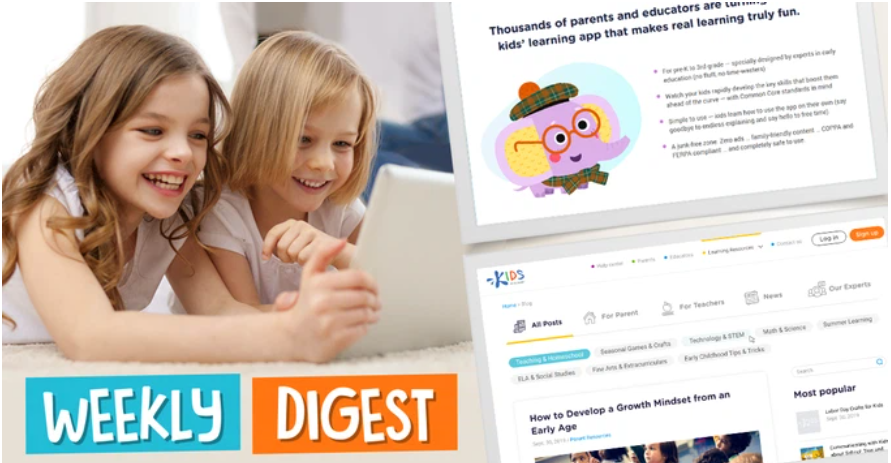
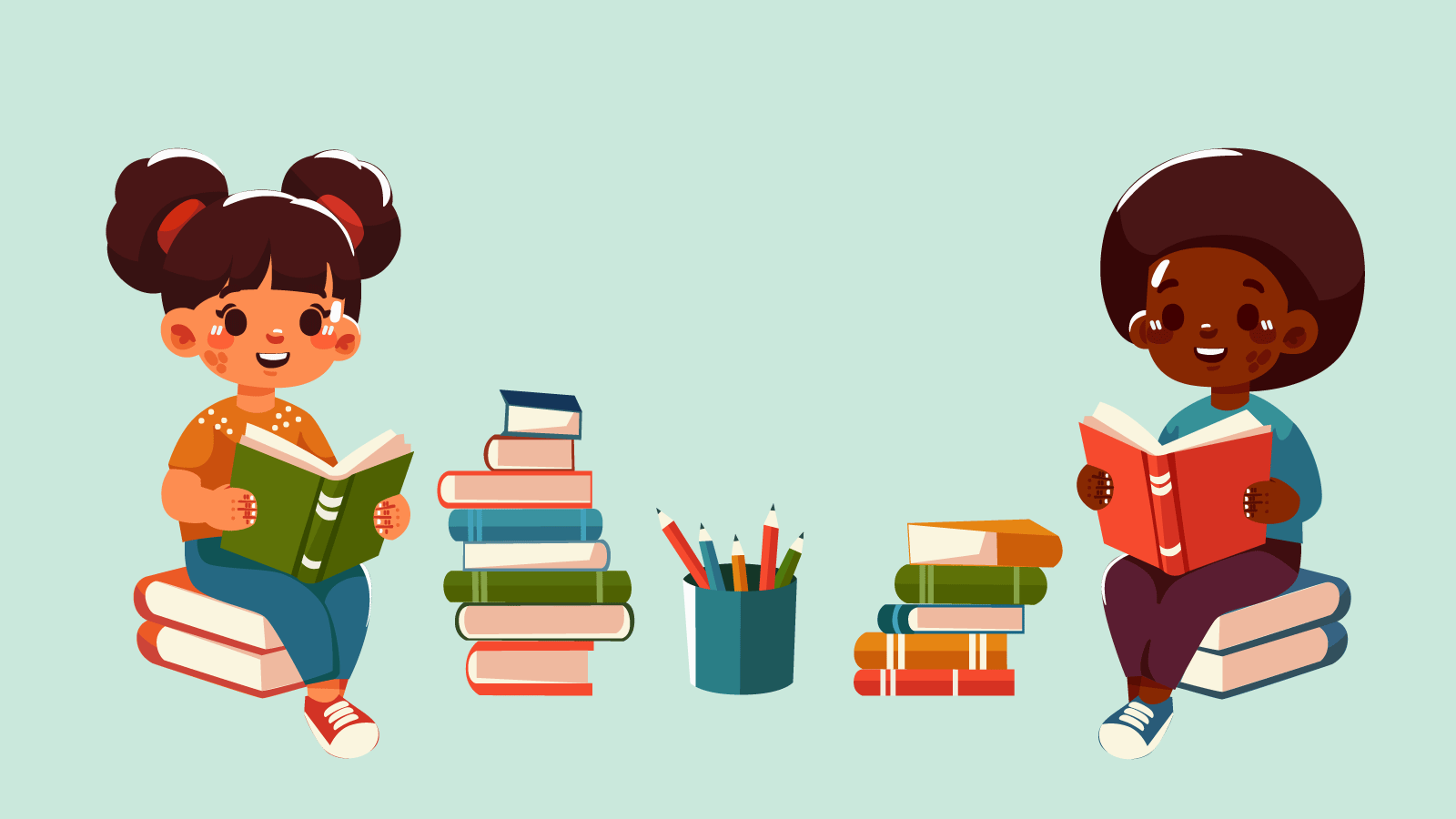
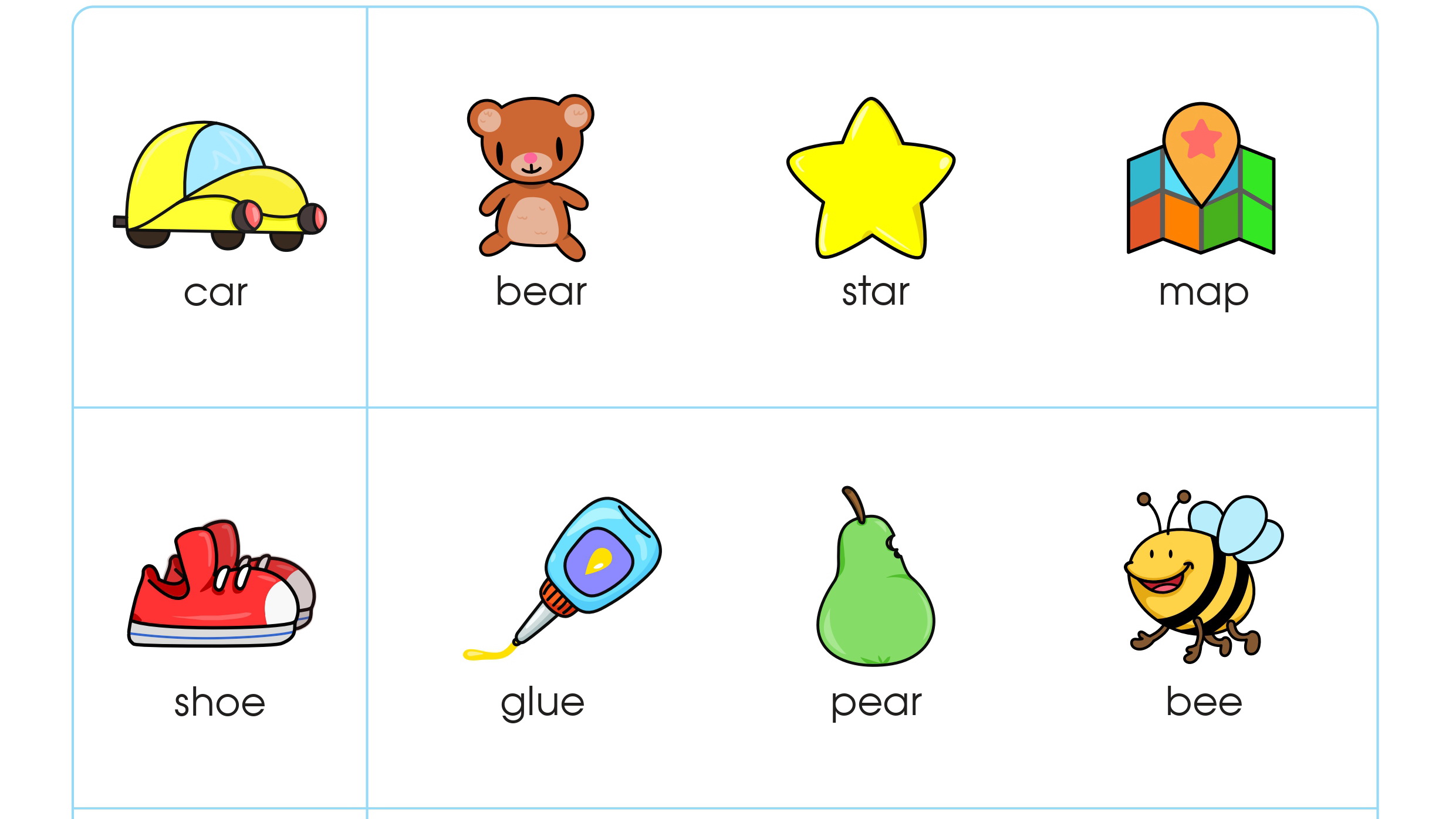

.jpg)












